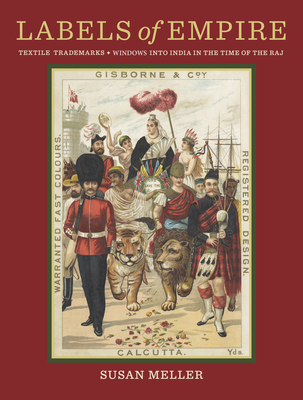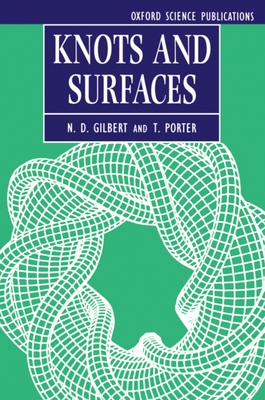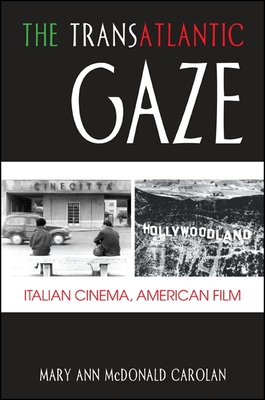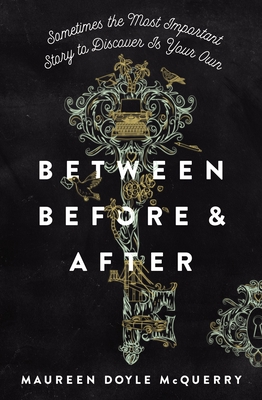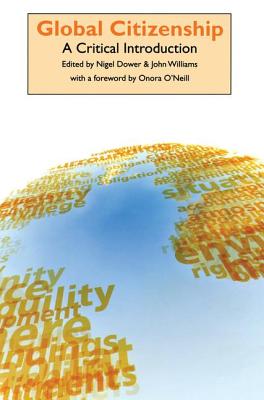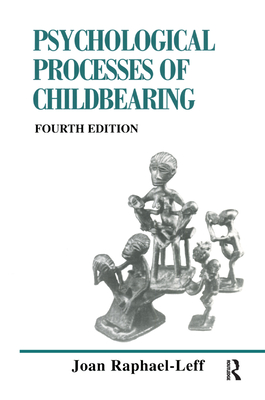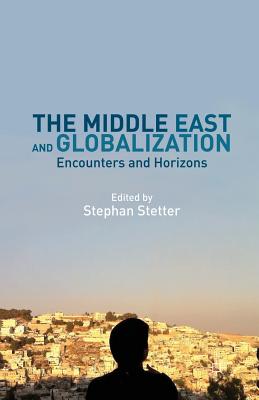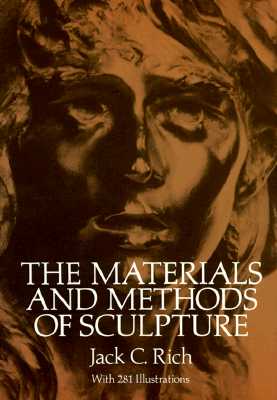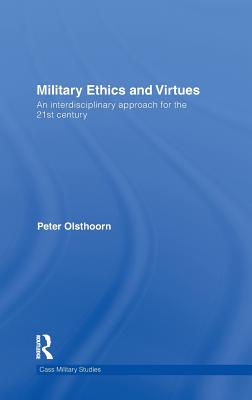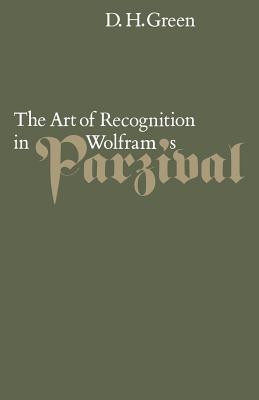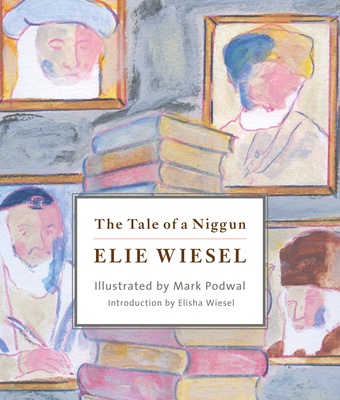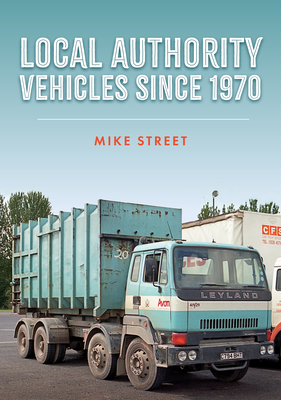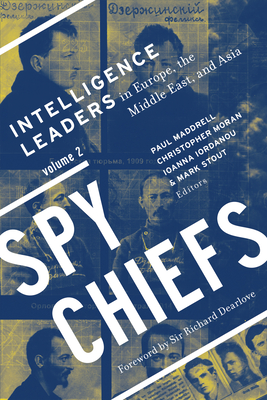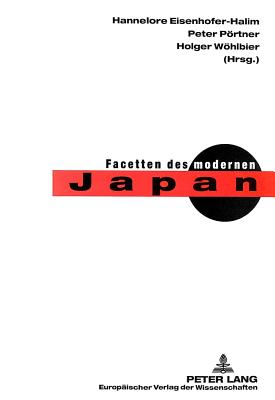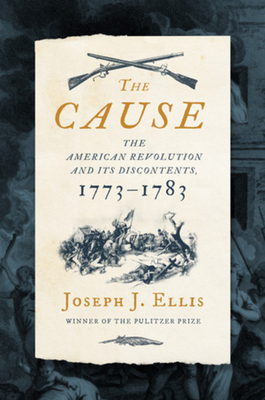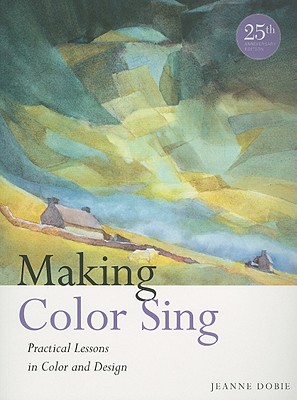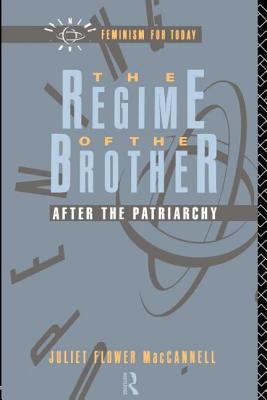Labels of Empire begins with the late 19th-century heyday of British textile manufacturing and closes with Indian independence in 1947.
It was said that at one time Great Britain clothed the world. In the 1880s, when the British textile industry was at its most prosperous to date, much of the worlds population wore clothing made from fabric produced in the mills of Lancashire. From 1910 to 1913 alone, seven billion yards of cloth were folded, stamped, labeled, and baled. Most of this output was for exportwith 40 percent of it shipped to India.
To differentiate their goods, British textile manufacturers pasted illustrated paper labels known as shippers tickets to the faceplate of each piece of folded cloth sold into the competitive Indian market. Designed to appeal to the local people, printed and registered in Manchester, these brightly colored images further helped to establish a companys brand. Hindu gods, native animals, scenes from the great Indian epicsthe Mahabharata and Ramayanaand views of everyday life were common subjects. In a sense a form of premium, they provided the consumer with an additional incentive to buy the goods of a particular firm.
With 1,258 color illustrations organized by subject, from Gods and Goddesses to Swaraj and Swadeshi, Labels of Empire begins with the late 19th-century heyday of British textile manufacturing and closes with Indian independence in 1947. By combining visual narrative, magical realism, popular culture, and history in a way never done before, this book gives an unprecedented view of the British textile industry during the time of the Rajand its remarkably successful use of paper labels as trademarks.
Get Labels of Empire by at the best price and quality guranteed only at Werezi Africa largest book ecommerce store. The book was published by Oro Editions and it has pages. Enjoy Shopping Best Offers & Deals on books Online from Werezi - Receive at your doorstep - Fast Delivery - Secure mode of Payment
 Jacket, Women
Jacket, Women
 Woolend Jacket
Woolend Jacket
 Western denim
Western denim
 Mini Dresss
Mini Dresss
 Jacket, Women
Jacket, Women
 Woolend Jacket
Woolend Jacket
 Western denim
Western denim
 Mini Dresss
Mini Dresss
 Jacket, Women
Jacket, Women
 Woolend Jacket
Woolend Jacket
 Western denim
Western denim
 Mini Dresss
Mini Dresss
 Jacket, Women
Jacket, Women
 Woolend Jacket
Woolend Jacket
 Western denim
Western denim
 Mini Dresss
Mini Dresss
 Jacket, Women
Jacket, Women
 Woolend Jacket
Woolend Jacket
 Western denim
Western denim
 Mini Dresss
Mini Dresss



